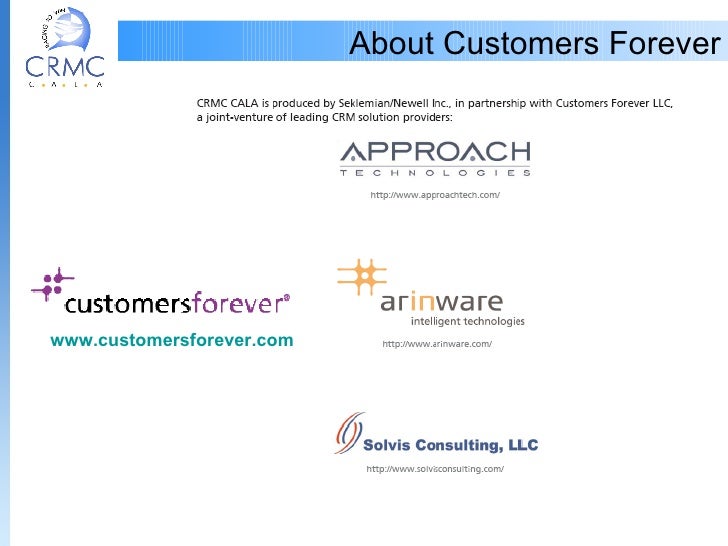

The average value of demonstration-based learning videos from material experts was 97.5% in the very good category, from the media experts by 95% with the very good category, and from the practitioners by 87% with the good category. The data obtained were then analyzed to determine the validity score of demonstration-based learning videos. This development research using qualitative and quantitative descriptive analysis methods. At the same time, the object of this research is the development of demonstration-based learning videos on the topic of single substances and mixed substances for fifth-grade elementary school students. The subjects of this study were two material experts, two media experts, and two practitioner experts. This research is development research carried out using the 4D model with the following stages: define, design, develop, disseminate. This study aims to produce demonstration-based learning videos that have been tested for their validity on the topic of single substances and mixed substances in fifth-grade elementary schools. This research is motivated by the ineffectiveness and innovation of the teacher to create instructional video media during the pandemic era that uses an online learning model. The delayed mechanical feedback program had a more significant positive effect on technical and numerical long jump performance than the other 2 programs. Also, the differences across the 3 groups were statistically significant in terms of their technical and numerical performance (p < 0.05), favouring the mechanical feedback group, except for the difference between the fast visual feedback and the teacher guidance groups. The educational programs had a significant main effect on technical and numerical long jump performance (p < 0.05), with a large effect size, as the percentage of improvement ranged 9.95–42.32%. Each week included 2 units, each lasting for 90 minutes.

The delayed mechanical feedback condition lasted for 6 weeks. The first experimental group used delayed mechanical feedback, the second experimental group applied fast visual feedback, and the control group received oral explanation and guidance of a teacher. They were randomly divided into 3 equal groups.

The participants were 45 first-grade students from the Department of Physical Education of Umm Al-Qura University.

The present study assesses the extent to which delayed mechanical feedback affects technical and numerical long jump performance.
#Dvolver moviemaker review full
Providing students with a view of their performance or feedback on what they have done is one of the goals of using video instructions in physical education (Durai 2016), based on the assumption that demonstration is more useful than verbal instructions or trial and error methods of skill development, it is also a widely used method in sports teaching and training (Lhuisset and Margnes 2015), because athletes are only able to remember 30-50% of the key performance factors they have seen, coaches and coaches use visual feedback from the hand as a corrective method that helps improve athlete performance, as recent evidence shows that it contributes to reaching the full range of motion, even for relatively fast movements (Durai 2016). may not be negatively affected when using video during a physical education lesson (Merian and Baumberger 2007), the self-made video model has many uses, such as an educational tool, a feedback tool, a visual perception of the skill, and as creating interest to the students (Ningthoujam 2016). Experience shows that teacher functions such as organizing, encouraging, etc. 2017), video-Based Analysis (VBA) has become a widely used teaching method for effective teaching and learning (Ningthoujam 2016). skills and not only for the purpose of quantitative aspect of performance, statistics or tactics scheme (Napolitano, Perciavalle et al.


 0 kommentar(er)
0 kommentar(er)
